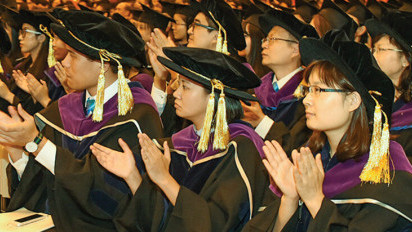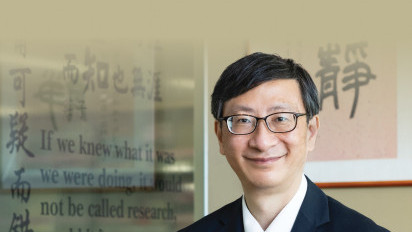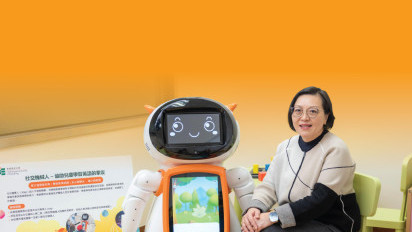A cross-institutional study has found that Artificial Mussels, invented by EdUHK’s Professor Rudolf Wu Shiu-sun, can reliably and effectively monitor radioactive contamination in seas around the world.
Over the last few decades, human activities such as mining, processing and discharge from nuclear power plants have released considerable amounts of radioactive compounds into the environment. Consequently, various harmful radionuclides generated and released from human activities are now widely found in aquatic environments. Ingestion of these radionuclides through drinking water and food are the two major pathways for human exposure to radiation. Many radioactive compounds not only have long physical half-lives but can also increase in concentration along the food chain, posing a long-lasting threat to both environmental and human health.
Existing methods to monitor radionuclides in aquatic environments require frequent sampling of a large volume of water, followed by long and tedious concentration and analytical procedures, which often make them impractical. Another common method is to use mussels, as they have a remarkable ability to accumulate radionuclides from both water and planktonic food. However, their uptake and retention of radionuclides are affected by their environment (such as salinity, temperature and availability of food) and biological factors (like seasonal growth and reproductive conditions). Additionally, an insurmountable problem is that the limited distribution of mussel species prevents any comparison over large areas. Consequently, a quicker, more cost-effective means of monitoring radionuclides was needed.
Over a decade ago, Professor Rudolf Wu Shiu-sun of the Department of Science and Environmental Studies at EdUHK invented the Artificial Mussel, which has been used for monitoring heavy metals in 30 countries across the globe. Beginning in 2022, Professor Wu led a cross-institutional study, with team members from The City University of Hong Kong and The University of Hong Kong, to test the Artificial Mussels’ absorption and releasing abilities. The team selected three radioactive substances commonly found in nuclear waste and disposal – uranium, strontium and caesium – as research targets, and placed the devices in seawater. The study’s findings have been peer-reviewed, and recently published in the Journal of Marine Science and Engineering.
Following a series of experiments, results show that the Artificial Mussels have a remarkable ability to concentrate radionuclides from water, and it only takes seven to eight weeks before a reliable estimate on the concentration and variations of these radionuclides in the aquatic environment becomes available. Unlike existing methods, using Artificial Mussels does not require collecting hundreds of litres of seawater for concentration and analysis, therefore saving the required manpower and cost for sampling and pre-treatment. The cost of each device is just US$1 (approximately HK$8), making it viable for long-term and large-scale monitoring of nuclear wastewater.
Professor Wu (right) and his team
“The risks posed by nuclear waste to marine ecology and human health cannot be underestimated,” says Professor Wu, explaining the results of the study. “The study confirms that Artificial Mussels can resolve the limitations presented by existing detection methods. The device can play a role in safeguarding environmental and food safety, as it offers authorities around the world a practical and costeffective way to monitor radionuclides in waters,” he adds.





